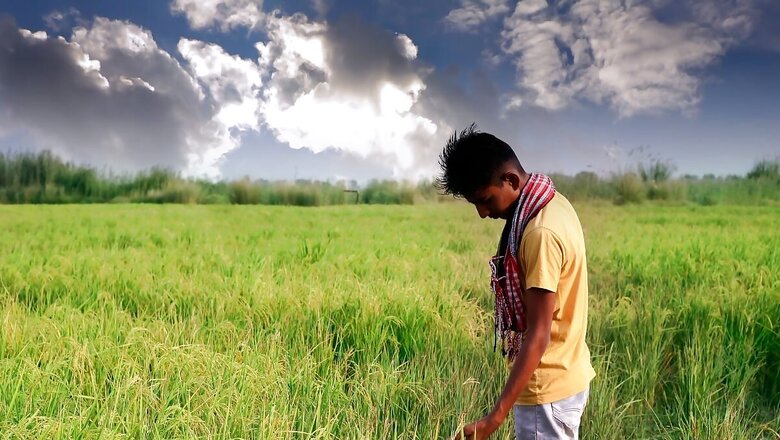
views
The onslaught of extreme weather events has affected over 2.8 million hectares of crop area across India in 2024 so far, revealing the hefty cost of climate change suffered by farmers. All states bore the brunt, but Central India, especially Madhya Pradesh, was the hardest-hit, according to the Centre for Science and Environment (CSE).
“In the face of global warming, it has become critical that we improve our response to help farmers become more climate-resilient. On one hand, the increase in climate change-driven extreme weather events has put enormous strain on farmers’ capacity to cope and increased risks. On the other hand, they have to invest more and more to grow food as input costs rise,” said Sunita Narain, Director-General, CSE, at the inaugural edition of Climate Week in Nimli on Tuesday.
The extreme weather events ranging from devastating heavy rains, floods, landslides to heatwaves have been on the rise due to a spike in global temperatures. According to the database maintained by the New Delhi-based organisation, extreme weather events hit India on almost 255 of the total 274 days from January to September.
Madhya Pradesh witnessed the highest number of such days, followed by Uttar Pradesh, Maharashtra and Himachal Pradesh, according to the CSE, which sourced the data from the India Meteorological Department (IMD) and the Disaster Management Division for its database.
Kiran Pandey, Director, Environment Resources Unit, CSE, highlighted that there has been a 54 per cent increase in the crop area impacted due to extreme weather compared to 2022, when roughly 1.84 million hectares of crop land was affected.
“All states suffered the impacts, but the figures show that Central India bore the maximum brunt. Also, the actual cost is likely to be much more due to some missing data,” she remarked.
Researchers and experts from across India have gathered for CSE’s inaugural Climate Week in Nimli to explore challenges of climate change, including the need to make India’s agriculture sector more climate-resilient. Experts highlighted that it is not just the spate of extreme weather events, and erratic rains, but shifts in day and night temperature is impacting crops differently.
“We are observing more impacts on the Rabi crops grown from November to March, because of the unusual temperature rise in winters not just during the day, but also at night. We are fire-fighting the effects of climate change at multiple levels. Without timely adaptation, we can end up risking not just our agricultural productivity, but the livelihoods of farmers,” said Professor S Naresh Kumar, Principal scientist, Environment Science, at the Indian Agricultural Research Institute (IARI), highlighting that small and marginal farmers have been the worst-hit.
Previous studies done by IARI have shown that for every 1°C rise in temperature, yields of rice, wheat, soybean, mustard, groundnut and potato are expected to decline by 3-7 per cent. The impacts, though, could vary region-wise.



















Comments
0 comment